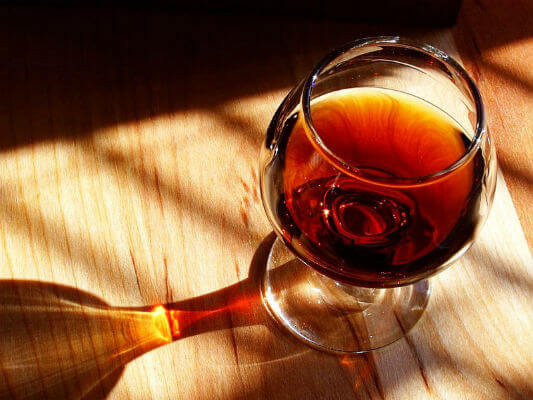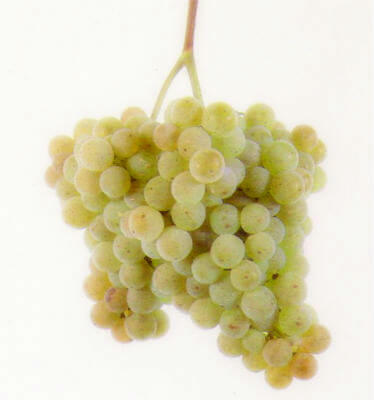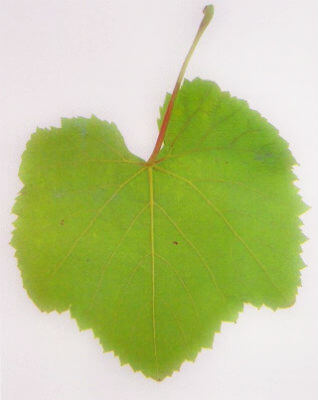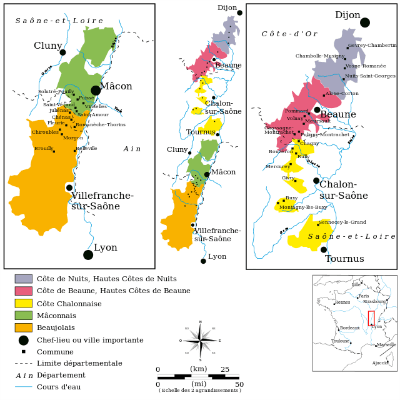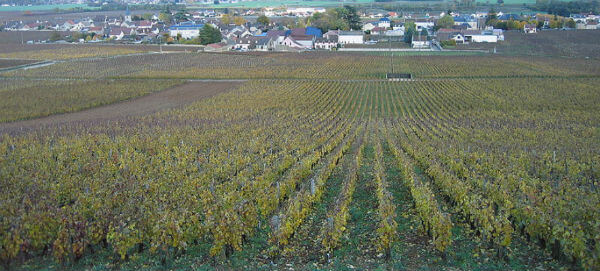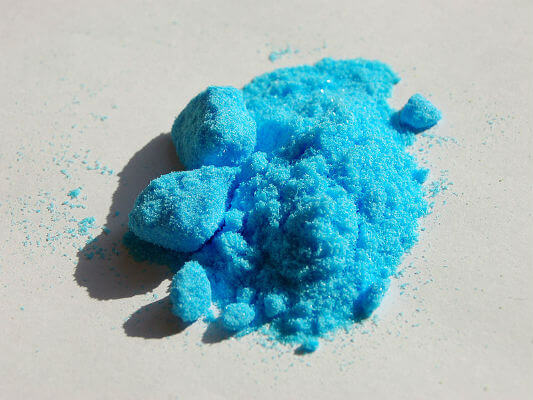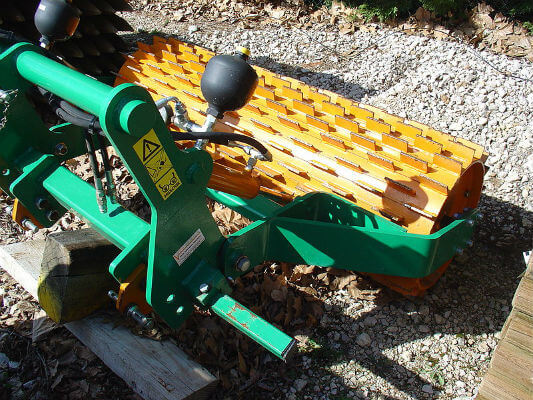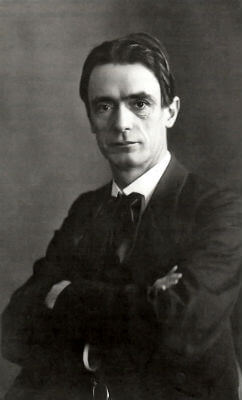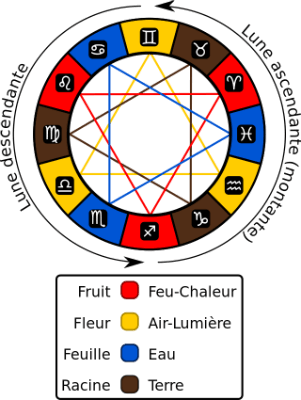Quinta do Pôpa Homenagem 2009 to Drink and Square
Text João Barbosa | Translation Bruno Ferreira
Looking back, 20 years or so, upon entering the former European Economic Community (1986), which had a great impact on Portugal, our country has changed. On so many levels, it’s like it’s two different countries.
Twenty five years ago there were no private television channels or McDonald’s restaurants – I recall, back in 1991, of teenage girls gathering around the first «Mac», excited with all the objects collected there, such as straws, glasses, etc. Back then, the clothing brands, a normal thing in Europe, conferred some status – nowadays sounds ridiculous.

Festival da Canção in aluzdomeucaminho.blogs.sapo.pt
Festival da Canção, Eurovision Song Contest and Christmas at the Hospitals were big happenings. The first two, due to being broadcast at night, used to gather the «whole» country and were subject of discussion in the following days. The other one, which could last endless hours, had retired people and hospital patients as spectators.
The country was perhaps naive, with so much modern things to learn. Surely, some good things got lost, but some unfortunate ones too. Just like everything. To me, twenty five years ago was when I began my craft, in Diário Económico, organ of which I may have been the youngest writer ever.
Back then, we drank more wine and the «older ones» drank the «house’s». There were barrels and taverns. In the early 90’s a Douro wine started to get hugely noticed – I think it was because of an award – and became coveted, pricier. Because of pioneering many still hold the brand as the highest comparison reference: Cabeça de Burro, of Caves de Vale do Rodo. Not the same anymore, like the €7.5 retail selling price shows.
From 8 to 8000. The number of farmers diminished but the bottling producers’ number has increased. Cool! But there are so many, many, many, that it’s impossible to know them all, let alone taste all their nectars. And they keep increasing, the source seems inexhaustible.
For several reasons some recent producers are starting to get noticed. One of those reasons – the main one or the one that should matter the most – is the quality of the product released to the market. It’s not enough. You got to be careful with the brand’s designation, the label’s appearance and understand that you’re surfing through a crowd. Nowadays, more and more winegrowers are making use of communication professionals and, therefore, specialized agencies illuminate their clients.
However, it all goes back to the starting point: quality. Still young, Quinta do Pôpa is an asset to oenophiles. Young and dynamic people that are deservedly earning their spot in the news and articles – and here I am joining the party. Professionalism is focused on the fundamental: quality and «honesty».

@ Quinta do Pôpa – Photo Provided by Quinta do Pôpa | All Rights Reserved
This honesty that I talk about is the ability to transmit nature to the final product. True wine, without masks or tricks. Quinta do Pôpa makes Quinta do Pôpa wine. The care and rigor have an added source: the knowledge and art of Luis Pato, one of the men daring to affirm and make excellent wines with the complicated grape variety baga, from Bairrada.
Francisco Ferreira, known as «Zeca do Pôpa», tried hard and was able to save enough to buy a quinta in Douro, in 2003. Located in Adorigo, Tabuaço municipality, Quinta do Vidiedo (14 hectares) was renamed, in 2008, Quinta do Pôpa. The grandsons wanted to honor their grandfather and fulfill his dream of making wine.

Vanessa Ferreira and Stéphane Ferreira – Photo Provided by Quinta do Pôpa | All Rights Reserved
The first harvest was in 2007. This year, Vanessa Ferreira and Stéphane Ferreira, «Pôpa»’s grandsons, released Quinta do Pôpa Homenagem 2009.

Quinta do Pôpa Homenagem 2009 – Photo Provided by Quinta do Pôpa | All Rights Reserved
A blend of vinhas velhas (40%) and individual plots of tinta roriz (35%) and touriga nacional (25%). Separated fermentations in small stainless lagares, long macerations, foot treaded. The wine was directly transferred to French oak casks – 40% new and 60% of 2nd and 3rd years.
It’s painful for me to write about evocations, for fear of being dowdy or unpleasant. I’ll end asserting that the tribute was well-achieved. Honor for quality and respect for its land and grapes.
Contacts
Quinta do Pôpa, Lda.
E.N. 222 – Adorigo
5120-011 Tabuaço
Portugal
Email: geral@quintadopopa.com
Mobile: (+351) 915 678 498
Site: www.quintadopopa.com



